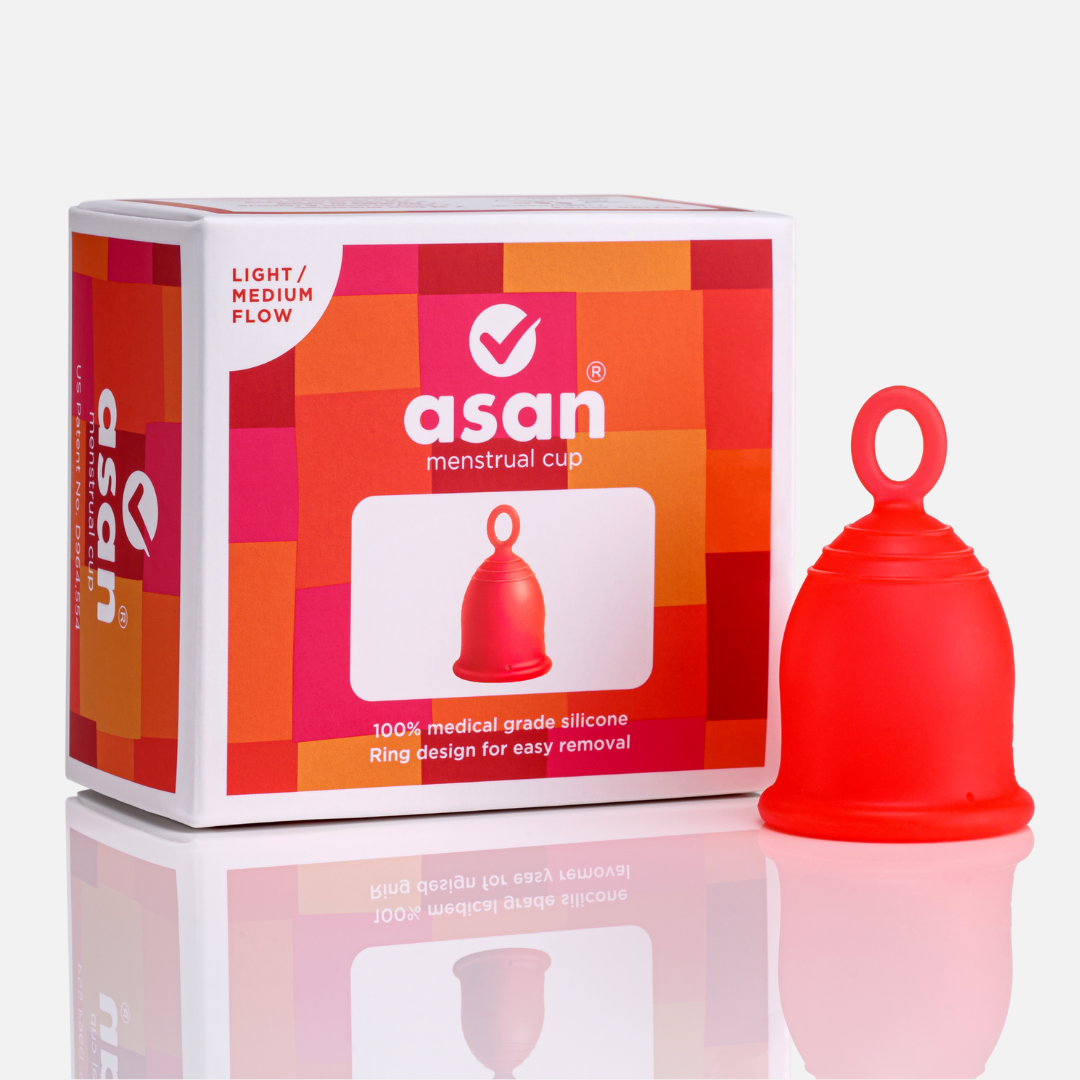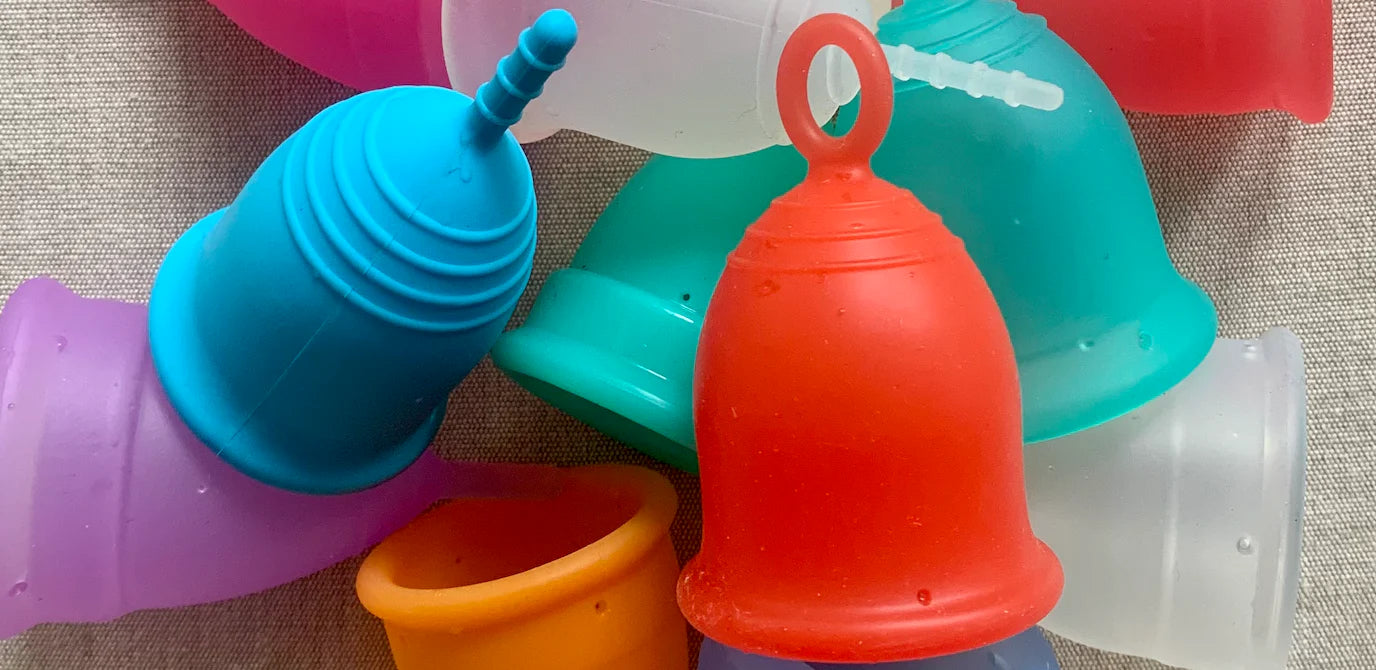

Are you concerned about your menstrual cup discoloring? Have you wondered how to keep your menstrual cup from staining?
While you might associate your menstrual cup discoloring with it becoming unhygienic or unusable, the good news is that stains on your cup have nothing to do with its functionality.
In fact, it only goes to show how well is it being utilised - so give yourself a pat on the back for choosing healthy periods and preventing more pads from adding to our landfills and oceans.
In this blog, we will cover everything you need to know for preventing colour changes in your menstrual cup and strategies to keep your menstrual cup looking new.
But for those of you who are yet to try a menstrual cup, let’s start with the basics.
What is a menstrual cup?
A menstrual cup is a bell-shaped device that sits inside your vaginal canal to collect your period flow.
Menstrual cups are made of medical grade silicones, latex, and materials like thermoplastic elastomer (TPE), which are safe to use. Different menstrual cup brands offer their products in different sizes and colours.
The Asan menstrual is made with Class VI medical grade silicone, which is the highest quality material that can be used to make menstrual cups. It’s the same material used in breast implants and heart stents - ensuring it’s biocompatible and very safe for you to insert inside your body.
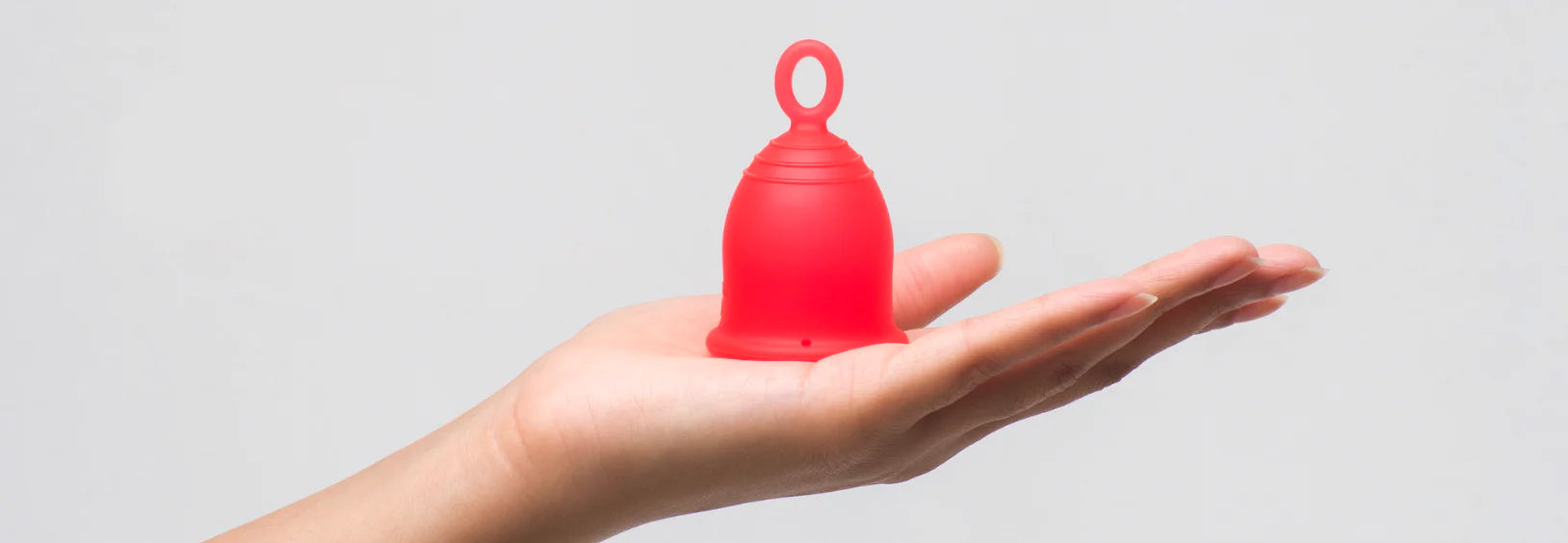

Over recent years, they have been gaining popularity over sanitary pads and tampons for multiple reasons, such as:
- You can wear a menstrual cup for up to 12 hours, reducing the hassle of changing your pad or tampon in inconvenient places
- They prevent your period flow from leaking into your clothes or bed sheets
- A good quality menstrual cup can be reused for up to 10 years, averting 2500 pads or tampons per person
- They don’t cause itching, rashes and discomfort
- They significantly reduce the chances of getting vaginal infections
Through the words of Asan cup users, menstrual cups are viewed as a fantastic way to manage your period, as they are super comfortable and sustainable.
While there are many benefits to using a menstrual cup, it is completely natural to be concerned about whether your menstrual cup will discolor and what to do about it. So let's get into that!
How can a menstrual cup get discolored?
There are typically two scenarios for a menstrual cup to get stained or discolored.
The first one is temporary, which is when there is a deposit of menstrual blood in the cup. This can be removed by boiling your menstrual cup or using Asan’s One-Drop cleanser.
Read this blog about menstrual cup care and cleaning for more menstrual cup cleaning tips.
The second type of stain is more permanent, which can be a bit harder to get rid of.
These stains are caused by haemoglobin - the colourant in your menstrual blood. This can cause a subtle tint on your cup over a period of time and prevent you from maintaining the colour of your menstrual cup.
But don’t worry, this does not affect the functionality of your cup at all! And there are ways to prevent this.
So let’s talk about what causes menstrual cup discoloration to help you preserve the appearance of your menstrual cup.
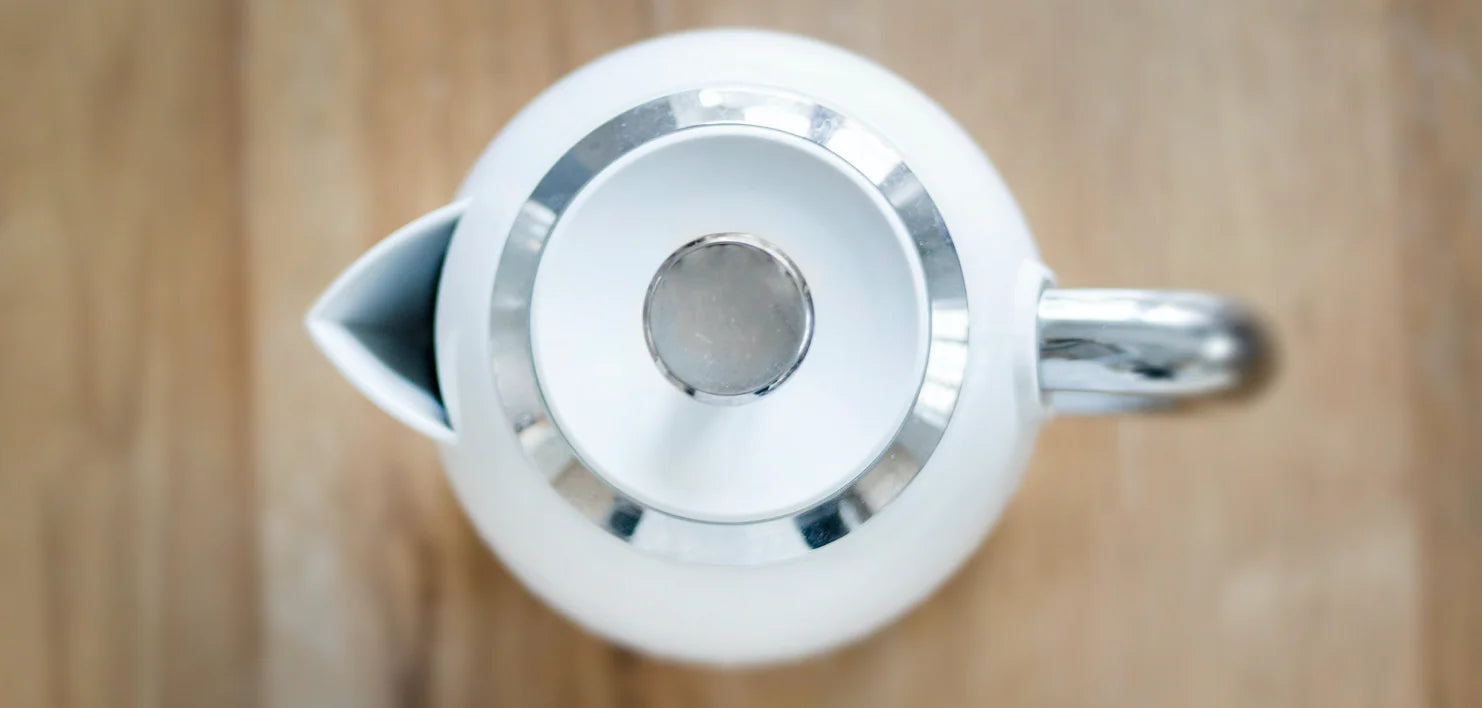

What else causes a menstrual cup to get discolored?
Apart from these two primary reasons for cup discoloration, there can be a variety of other reasons for your menstrual cup to lose its colour or to get stains. This includes:
1) Washing the cup with hot water
The prolonged exposure to heat through rinsing it with hot water every time you remove the cup can leave your cup discolored.
2) Material of the cup:
The materials of menstrual cups vary from brand to brand - and depending on the quality of the cup your menstrual cup may be more likely to discolor over time.
So do your research about the quality, material and design of the cup before making your purchase.
3) High iron content in your menstrual flow
The iron content of your period flow can create pigmentation on your menstrual cup.
This is completely normal - everyone’s body is different and as long as you have healthy levels of iron there is nothing to be concerned about when it comes to the change in colour of your menstrual cup.
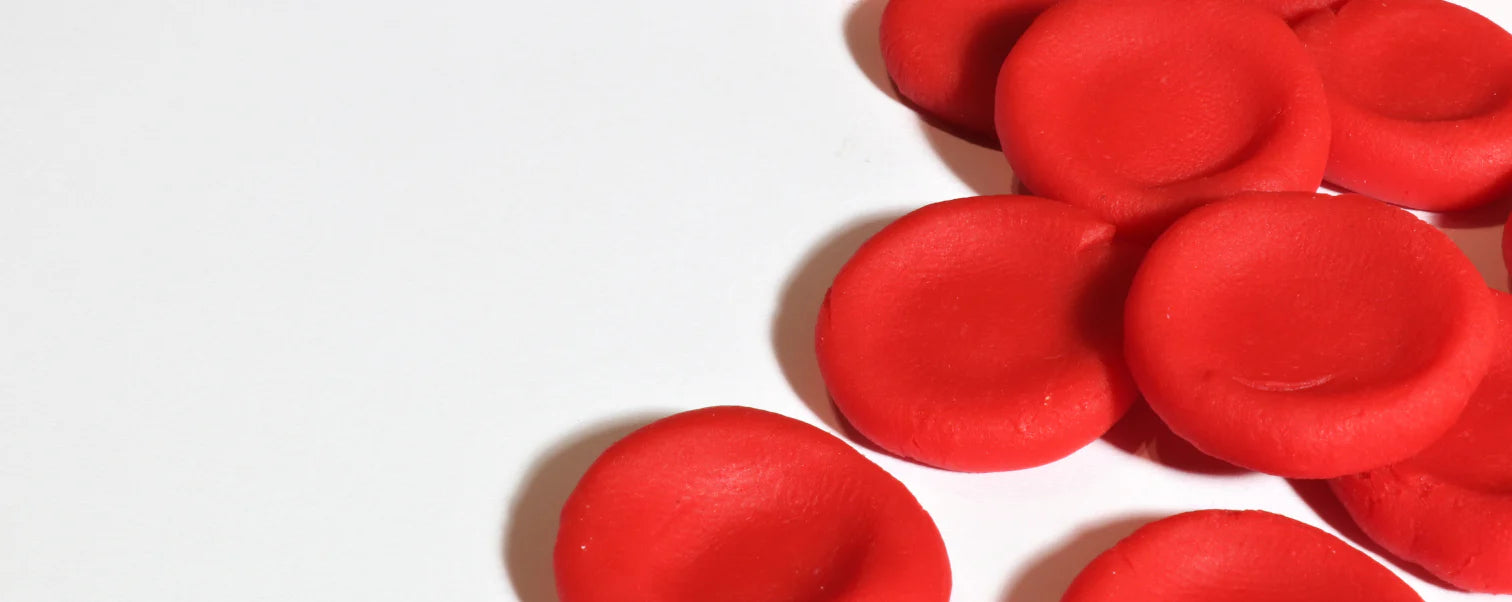
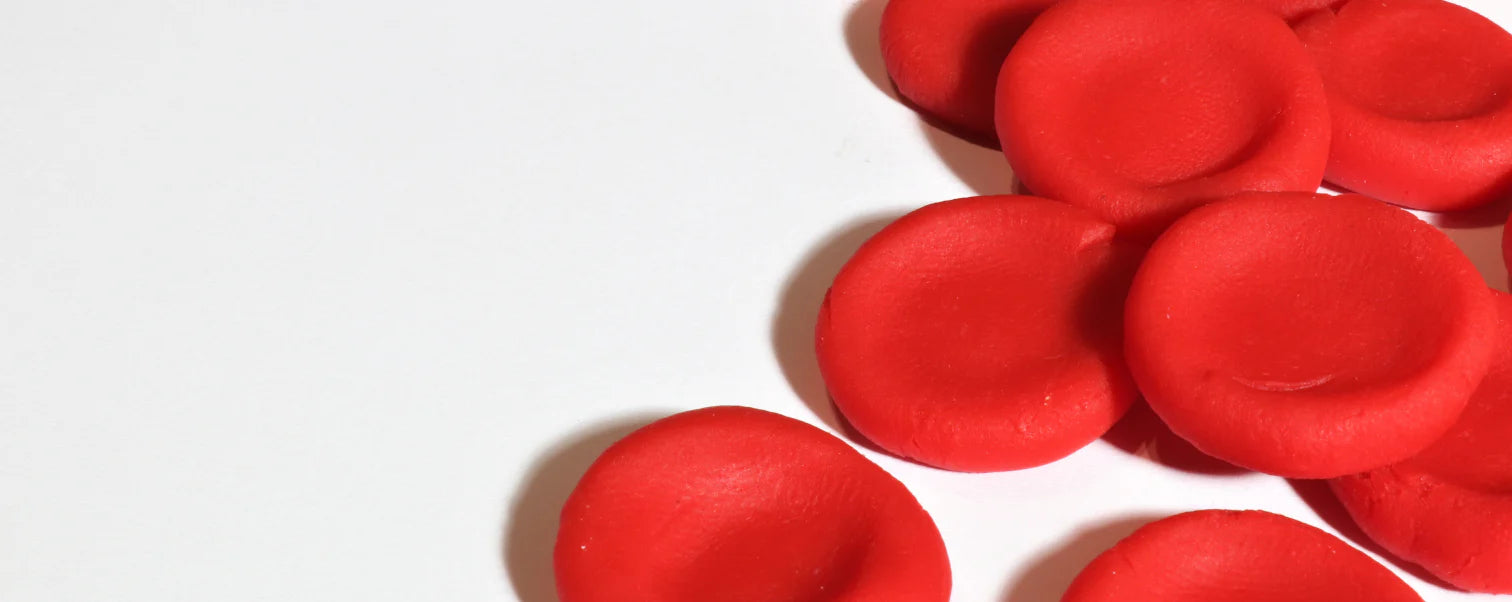
4) Using cleansing agents
Using any type of cleanser or soap to wash your menstrual cup can also lead to discoloration. Soaps have harsh chemicals that can penetrate the cup material and damage the silicone, making it more susceptible to stains.
5) Using the cup for a long period of time
If you’ve been using your menstrual cup for a couple of years now, it’s completely natural for the cup to discolor. This typically happens with most silicone products.
It is a natural process of wear and tear, and doesn't have any effect on the cup’s longevity and functionality.
How to prevent your menstrual cup from getting discolored?
While menstrual cup discoloration is completely normal, here are 7 useful tips for keeping your menstrual cup stain-free.
1) Clean the cup every cycle
Cleaning your cup regularly is important for keeping your menstrual cup clean and spotless.
It is important to sterilise the cup in boiling water for 5 minutes before you use it at the start of every cycle to ensure the best practises for cleaning menstrual cups.
But during your periods, just rinse the cup with regular tap water before you reinsert it. This helps avoid colour fading in menstrual cups.
Don’t rinse your cup with hot water or sterilise it in boiling water every time you remove the cup, as this can leave it stained.
2) Use the Asan One-Drop cleanser
The Asan One-Drop cleanser is made with natural ingredients, including lavender extract. It is a completely chemical-free and non-toxic stain remover for your menstrual cup.
The solution is biocompatible with both your body and the silicone in menstrual cups. And it’s great because it allows for eco-friendly menstrual cup cleaning.
So if you’d like some extra cleanliness during your cycle, just add a few drops of the One-Drop cleanser in tap water and rinse your cup using this solution.
The One-Drop cleanser can also be used for a great stain remover hack for menstrual cups. Grab a fresh toothbrush and pop a few drops of the cleanser onto it. Then, very gently scrub the discolored surfaces to remove tough stains from your menstrual cup.
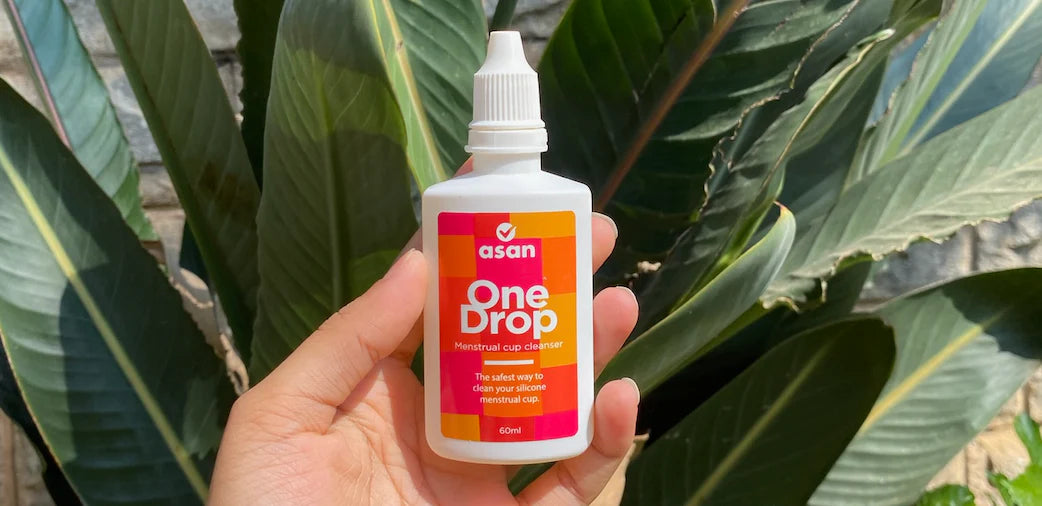
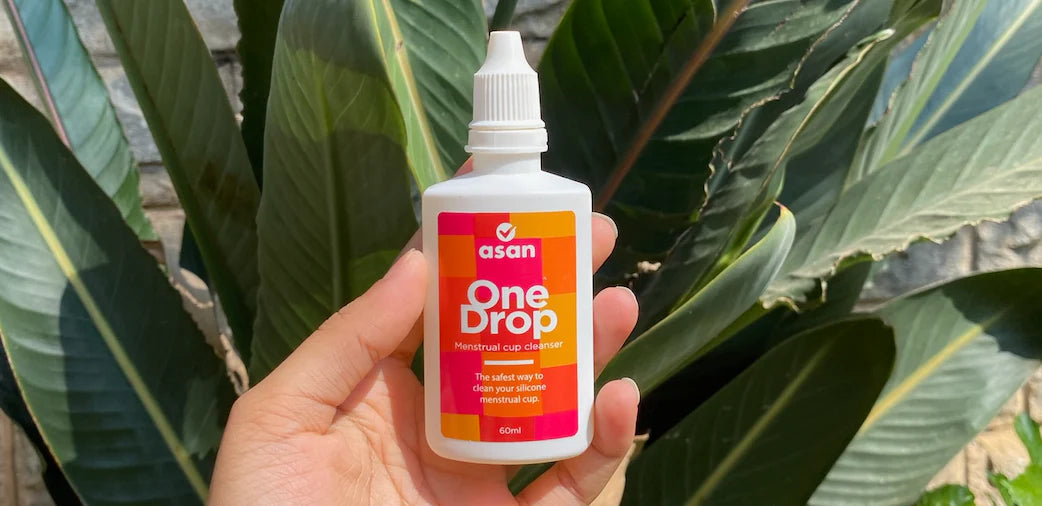
3) Don't leave your menstrual cup in for more than 12 hours
You can keep your menstrual cup in for up to 12 hours at a time. Keeping it in longer can cause pigmentation on your cup and is also not healthy for your body.
While it’s super easy to forget that you’ve got your cup inside you, make sure to remember to remove your cup within 12 hours. You can even put an alarm on!
4) Do not use chemicals to wash your cup or remove any stains
Please do not use any chemicals to clean stains from your menstrual cup.
The following list of things should be avoided at all costs:
- Hydrogen peroxide
- Anti-bacterial or scented soaps
- Detergents for dishwashers
- Vinegar or baking soda
- Alcohols
- Stain removers
- Bleach
All these chemicals can not only damage your cup and its silicone, but they are also harmful to your vagina.
5) Ensure proper storage
Menstrual cups should be stored in a breathable cloth pouch or container and should avoid direct sunlight for proper menstrual cup maintenance.
The Asan cup comes with a colourful and sustainable menstrual cup pouch, which makes it super easy to store when you are not using.
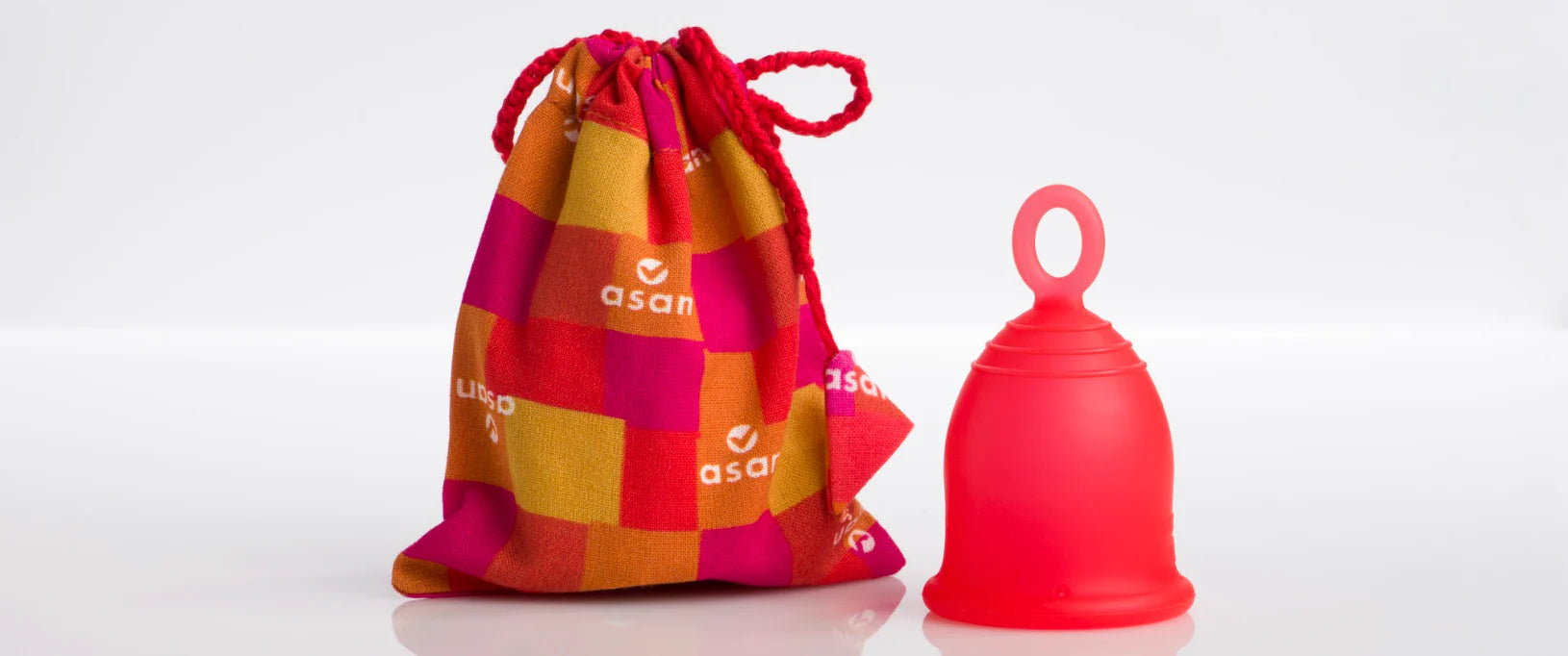
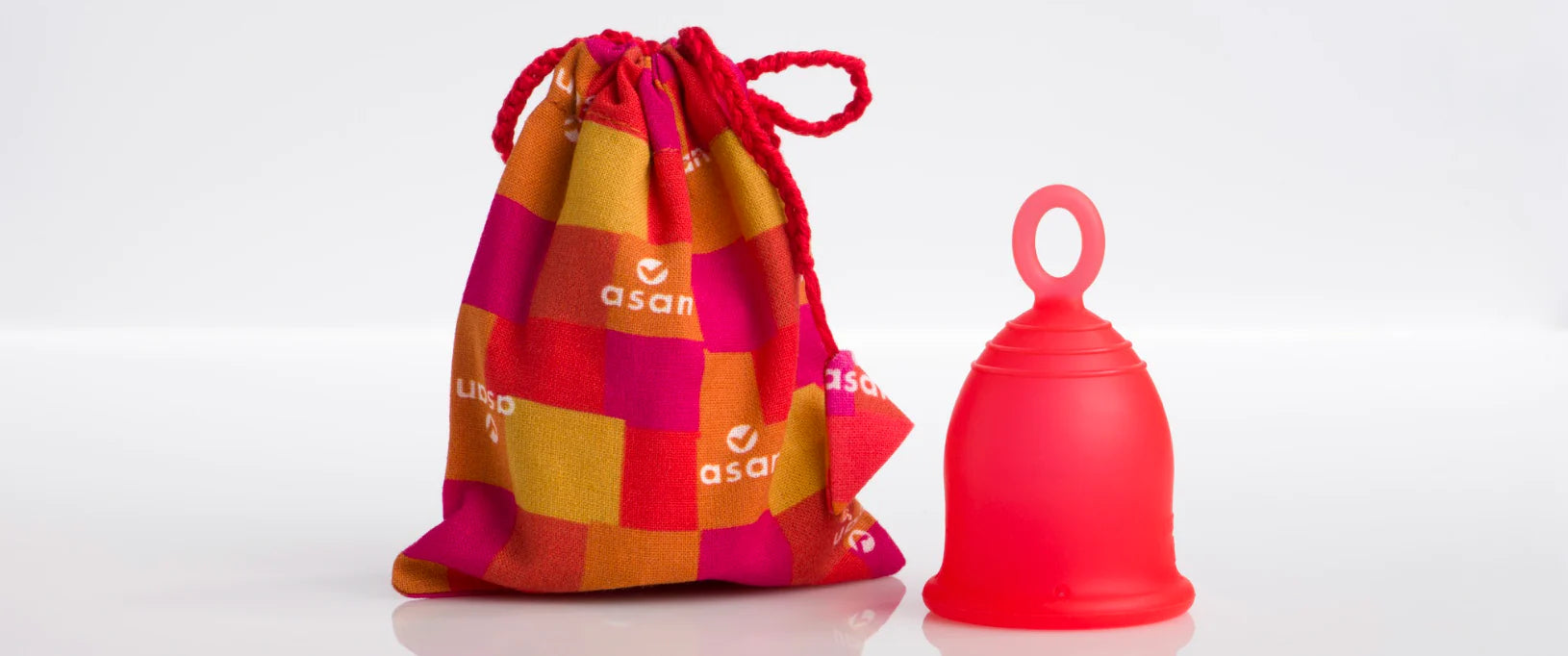
6) Choose a coloured menstrual cup
It is much more likely for a transparent menstrual cup to show stains, as there is no colouring agent in the silicone.
That’s why the Asan cup is red - the same as your period flow. This way, stains are much less likely to show up in appearance.

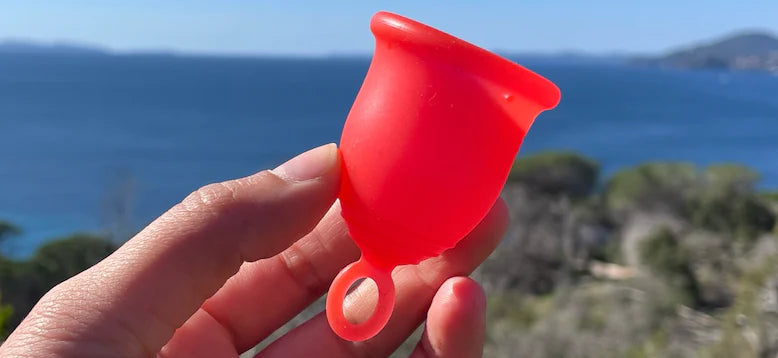
It’s important to remember that, irrespective of brand, it is possible for your menstrual cup to show stains or signs of discoloration. So while removing menstrual cup discoloration can be difficult, this is completely normal.
And don’t worry - your cup is still clean and will function perfectly.
The only time you need to think about replacing your menstrual cup is when it shows cracks, rips or other damage on the surfaces of the cup.
Now that you’ve learnt about tips to keep your menstrual cup looking new, are you ready to make the switch to a life-changing period product? Shop for the Asan cup now.
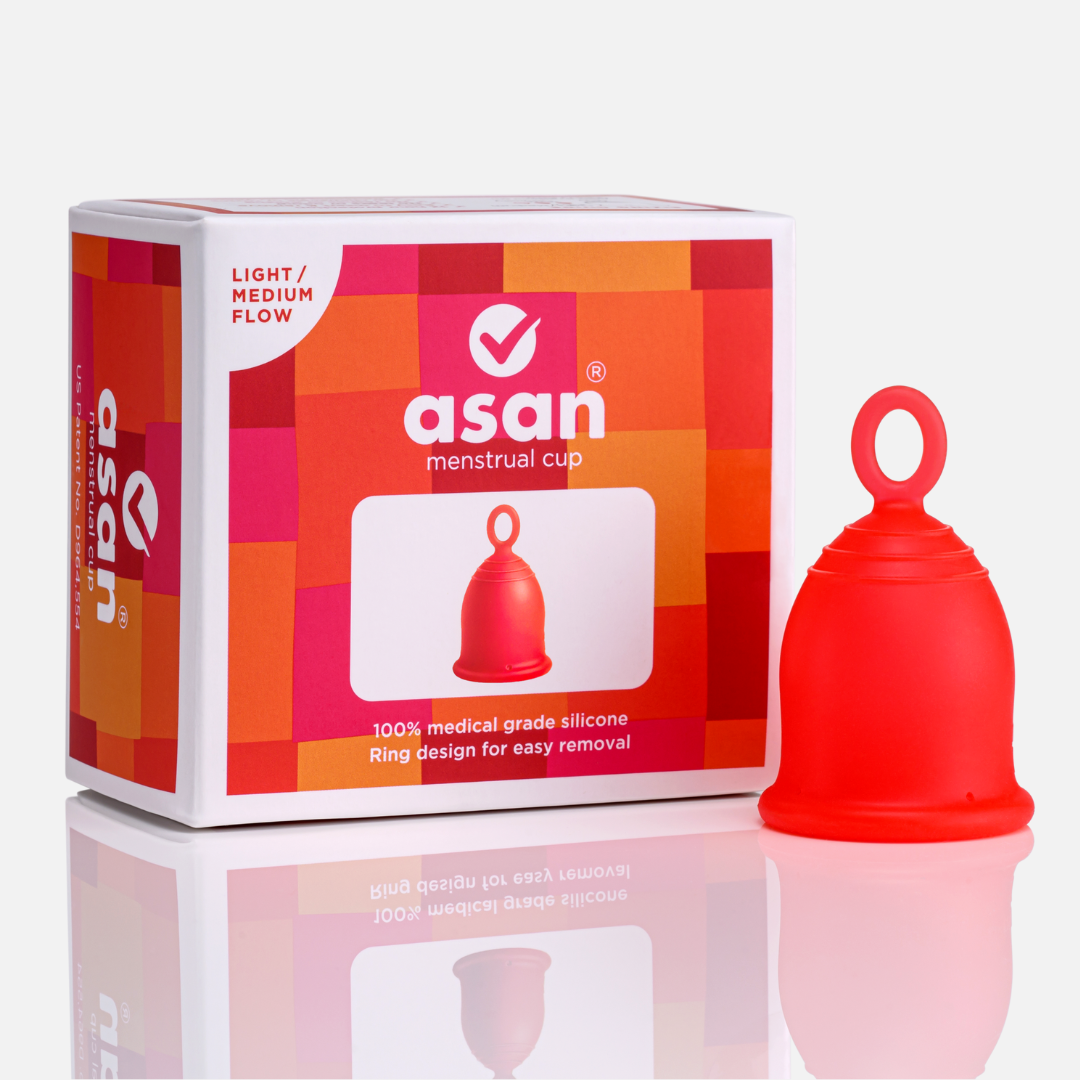
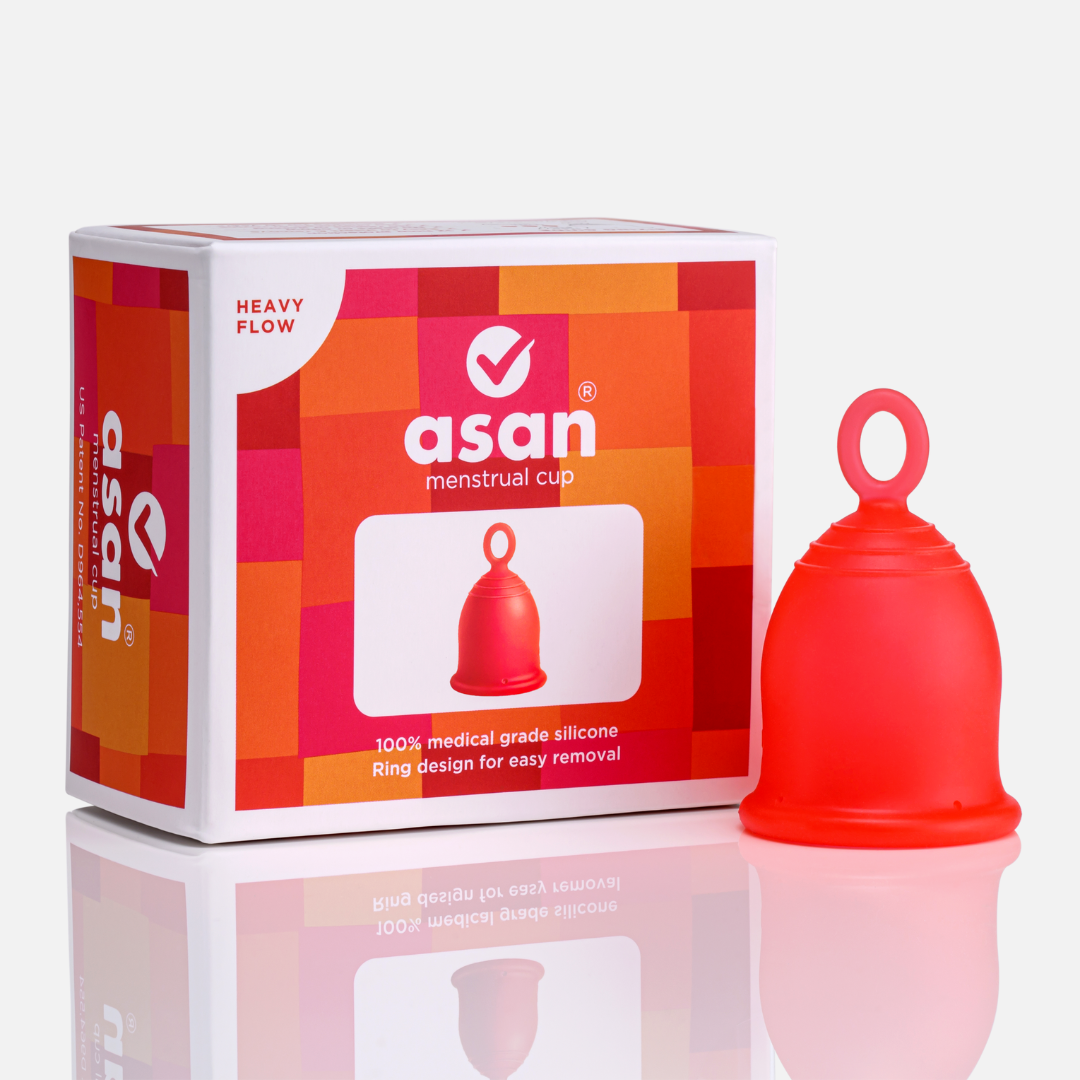
Asan Menstrual Cup
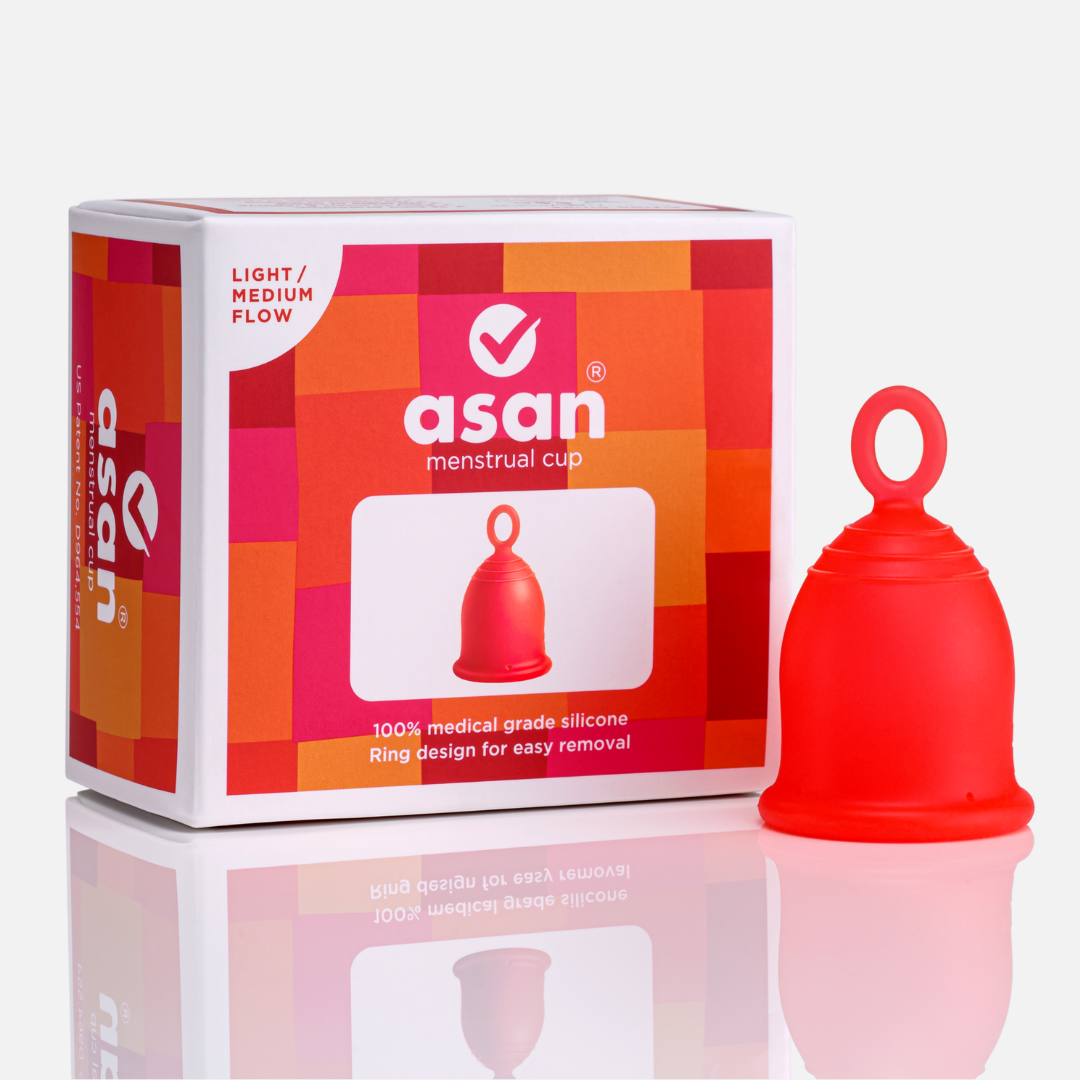




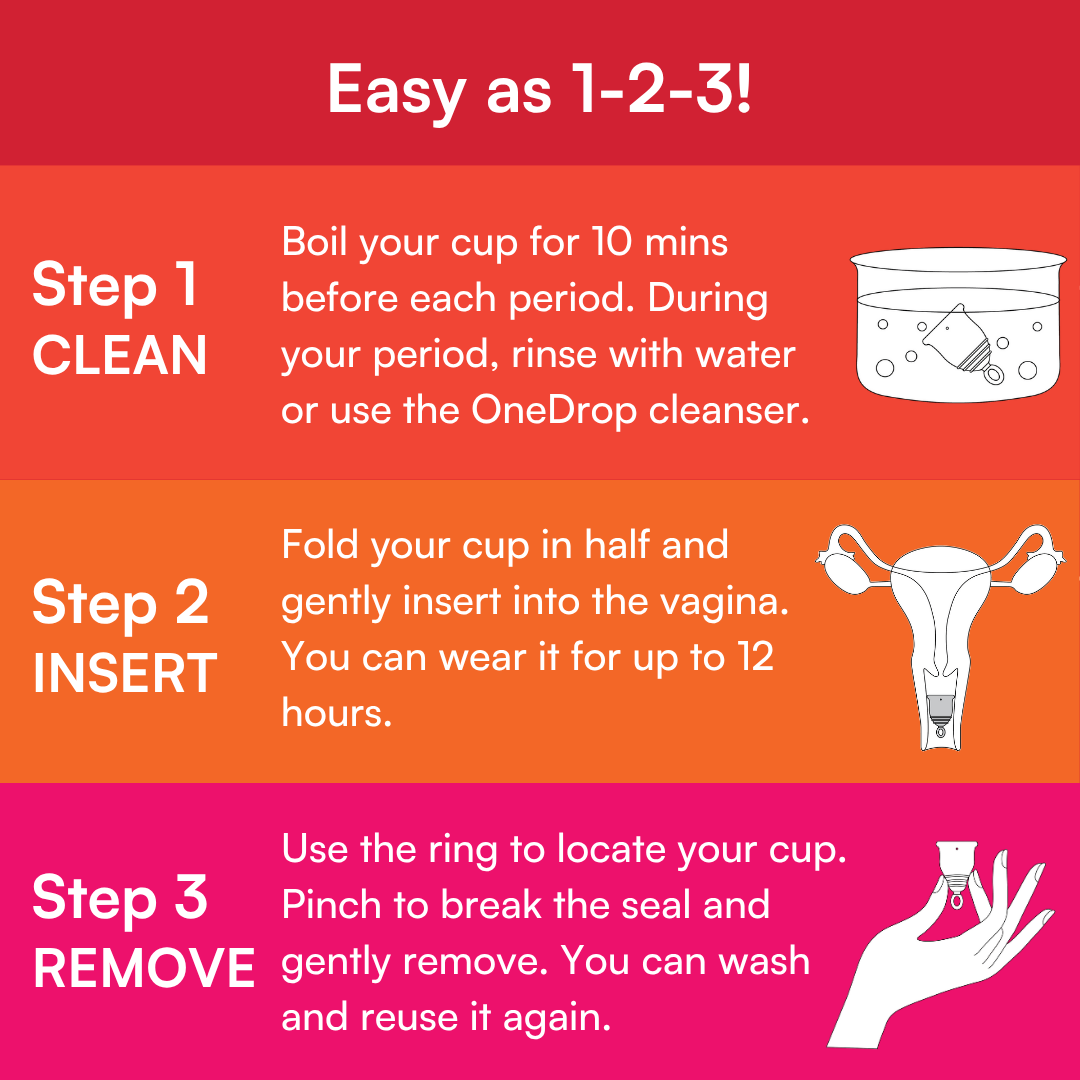


More Posts
View all-

Can you get your period if you’re pregnant?
Many people wonder if you can still get your period while pregnant. The short answer is no, but light bleeding or spotting can happen for other reasons. This blog breaks...
Can you get your period if you’re pregnant?
Many people wonder if you can still get your period while pregnant. The short answer is no, but light bleeding or spotting can happen for other reasons. This blog breaks...
-

Top 5 features for period underwear
This guide breaks down the five most important features to look for including fabric, fit, and safety certifications, so you can find a pair that’s comfortable, leak-proof, and long-lasting.
Top 5 features for period underwear
This guide breaks down the five most important features to look for including fabric, fit, and safety certifications, so you can find a pair that’s comfortable, leak-proof, and long-lasting.
-

-
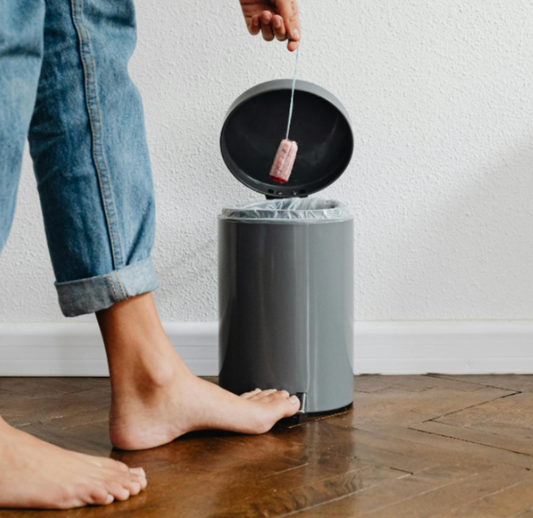
The hidden environmental cost of disposable period products
Understand the hidden environmental costs of single-use sanitary products.
The hidden environmental cost of disposable period products
Understand the hidden environmental costs of single-use sanitary products.
